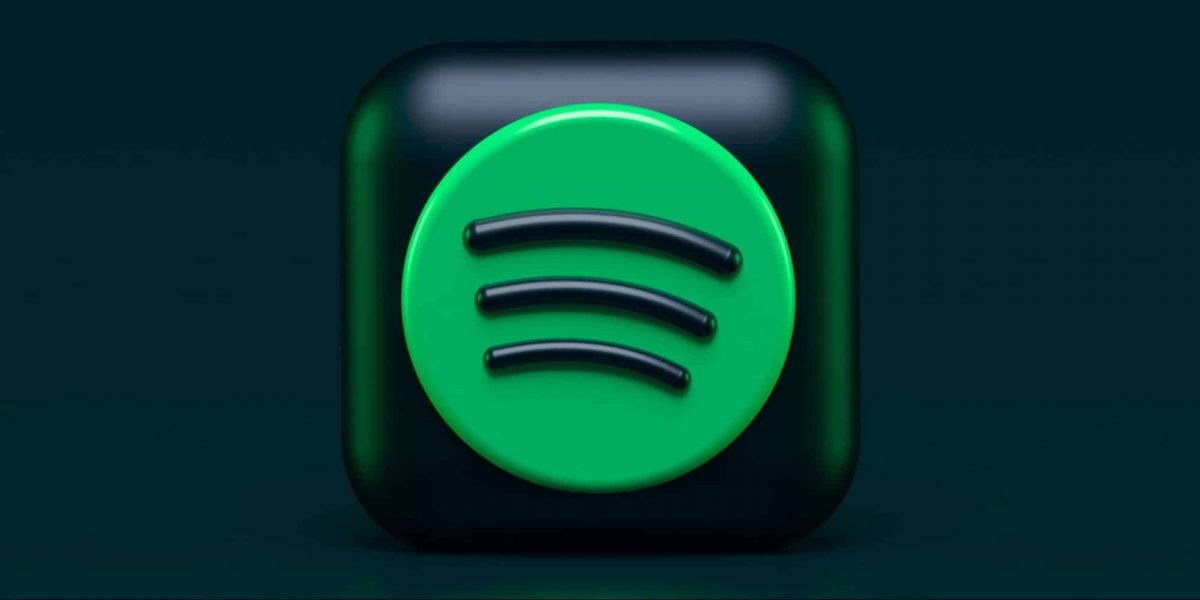Spotify may not immediately spring to mind as a type of social media, even if we frequently value it as a music streaming service.
Spotify, on the other hand, meets the definition of social media a platform that facilitates the production and exchange of ideas, information, and interests.
The key distinction lies in the fact that music takes center stage in the overall experience.
What Makes Spotify a Social Media Platform?
Spotify exhibits features akin to traditional social media platforms. Similar to most social networks, users on Spotify must have a personal account, whether it’s free with ads or a paid subscription.
They can personalize their profiles with a picture and connect with friends, family, and artists by following them standard social platform functionalities.
Drawing a parallel with Instagram, where users can explore their friends’ activity through stories and posts, Spotify offers a musical equivalent.
Users can discover the songs their friends are currently listening to, explore their playlists, and stay updated on music shared by their favourite artists. This integration of music-centered social interactions adds a unique dimension to Spotify’s platform.
The Ability to Create Connections
At the heart of Spotify’s social dimension is its capacity to foster connections among users, artists, and bands. For artists, Spotify provides a dedicated social platform to cultivate relationships and grow followers. Beyond accessing the artist’s discography, users receive real-time updates on new releases and exclusive behind-the-scenes content.
From the standpoint of the listener, Spotify fosters relationships via a common passion for music. Users can participate in a group music experience by co-creating playlists through their individual accounts on the platform.
Spotify went one step further and unveiled Blend, an algorithm-driven function that combines two users’ musical interests to create a shared playlist that reflects their combined likes. This cutting-edge function, which updates every day depending on users’ streaming behavior, promises to improve collaboration on the site.
Spotify Associate Designer Rosie Maharjan highlights Blend’s potency as a relationship-building tool. She points out that Blend offers a straightforward yet considerate method of expressing one’s feelings, acting as a way to make new acquaintances or get in touch with old ones.
Again, drawing a comparison to Instagram, Blend connects people in an uncomplicated way, just as the photo-sharing app enables users to keep up with friends’ and family’s daily happenings. Playlists that update automatically provide users with an insight into what their peers are currently listening to, allowing for real-time and dynamic user connections.Top of Form
The Personalization Component
Spotify’s marketing strategy is based on a mastery of personalization. One such example is the ‘Discover Weekly function, which allows users to explore new artists and genres by customizing playlists based on their listening habits.
According to McKinsey’s Next in Personalization research, which shows that 71% of consumers want personalized encounters, this personalized touch is essential. To emphasize this even further, the Twilio 2023 State of Personalization research shows that 56% of customers said they would be likely to make repeat purchases following a personalized experience.
The Spotify Wrapped feature, which gives customers a detailed rundown of their musical year, is unquestionably the height of creative personalization on the platform. This includes insights into their most-streamed songs, preferred genres, total listening time, and a playlist featuring their best one hundred songs.
Spotify Wrapped not only allows users to showcase their distinct musical preferences but also taps into human curiosity, encouraging self-discovery. The emotional resonance generated by reflecting on one’s music habits from the past year not only fosters a sense of value but also cultivates an emotional bond with the platform.
Crucially, the success of Wrapped lies in its shareability. Spotify equips users with story graphics, facilitating easy sharing of their Wrapped summaries on other social platforms such as Instagram and Facebook, transforming the feature into a viral marketing tool.
In 2021, the volume of tweets about Spotify Wrapped surged by 461%, and this viral momentum continued in the subsequent year with a 15% increase in total volume, a 17% rise in total engagements, and a 22% increase in unique authors, according to Sprout Social.
It is noteworthy that while 50% of companies find gathering accurate data for personalization challenging, Spotify overcomes this hurdle by basing its personalization on data-driven insights derived from user behavior and actions on the platform.
This not only attracts new users but also promotes retention and nurtures brand loyalty. By consistently delivering memorable and personalized experiences, Spotify encourages users to stay on the platform, sustaining their ongoing journey of music discovery.
Conclusion
What distinguishes this platform from conventional forms of social media is its unwavering commitment to music as its fundamental essence. Music is not the most important component on other platforms, even though it might be on them.
Fundamentally, Spotify is a music streaming service that puts an emphasis on providing an unmatched musical experience. However, by fostering a feeling of community, the integrated social aspects make sure users stay on the platform for purposes other than music listening.
Published by: Martin De Juan

















